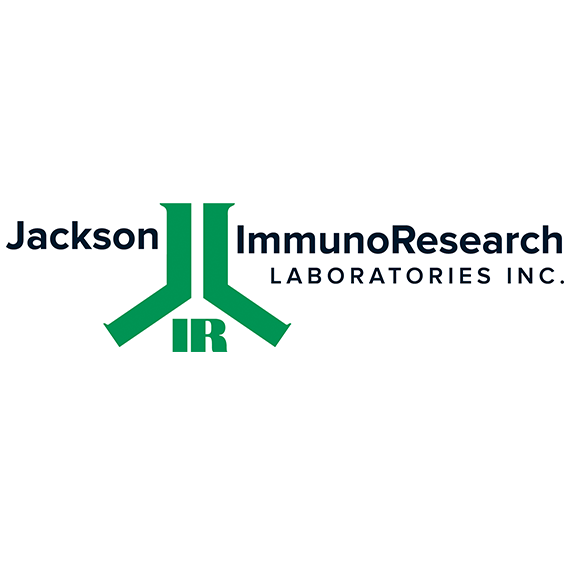Goat IgG anti-Rat IgG+IgM (H+L)-DyLight 405, MinX Hu,Bo,Ho

-
Overview
SKU 112-475-068 Host Species IgG Form Species Reactivity Specificity Isotype Clonality (Mono-/Polyclonal) Application ELISA, Flow Cytometry, Immunocytochemistry, Immunofluorescence, Immunohistochemistry (frozen sections), Immunohistochemistry (IHC), Immunohistochemistry (Paraffin-embedded Sections)
Conjugation Maximum Absorption Maximum Emission No Cross-reactivity (MinX) with Dilution Flow Cytometry 1:100 – 1:800, Histo-/Cytochemistry 1:100 – 1:800
Format 0.05% NaN3, 15 mg/ml BSA (IgG- and Protease-Free), 250 mM NaCl, affinity purified by antigen-specific affinity chromatography, in 10 mM PBS (pH 7.6), lyophilisate
Intended Use Product line / Topic Manufacturer / Brand - Datasheets and Downloads
-
Additional Product Information
Based on immunoelectrophoresis and/or ELISA, the antibody reacts with both rat IgG and IgM. It also reacts with the light chains of other rat immunoglobulins. No antibody was detected against non-immunoglobulin serum proteins. The antibody has been tested by ELISA and/or solid-phase adsorbed to ensure minimal cross-reaction with human, bovine, and horse serum proteins, but it may cross-react with immunoglobulins from other species.
Conjugate
DyLight 405-conjugated secondary antibodies are excited maximally at about 400 nm and fluoresce with a peak at about 421 nm. They are very bright and photostable, but their optimal use is limited to microscopes or flow cytometers equipped with a 405 nm laser and a 420 nm emission filter. Under these conditions, it is possible to perform effective 4-color imaging with good color separation, good photostability, and high sensitivity. The combination of DyLight 405, Alexa Fluor 488, Rhodamine Red-X, and Alexa Fluor 647 provides for maximum color separation. Another 4-color dye combination, which may be equally effective but has slightly less color separation, is DyLight 405, Alexa Fluor 488, Cy3, and Alexa Fluor 647. DyLight 405 conjugates are an excellent choice for blue-fluorescing secondary antibodies in multi-color labeling protocols.
